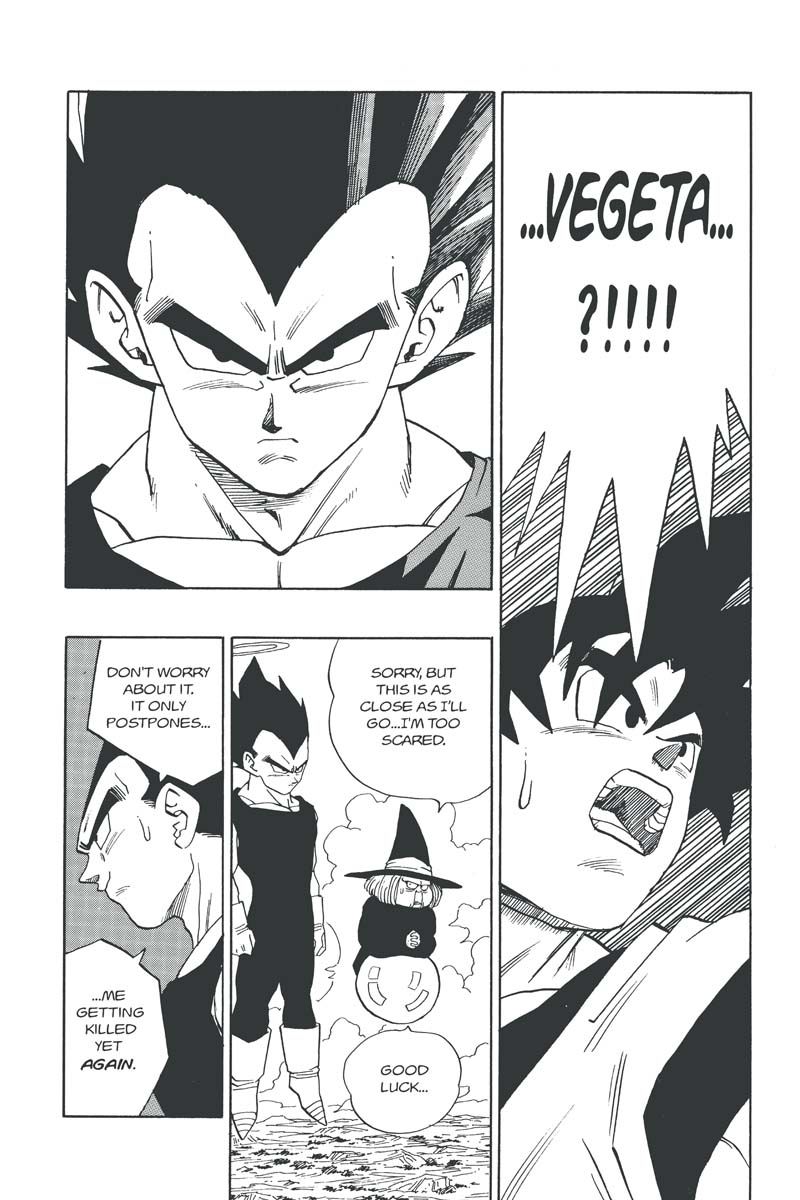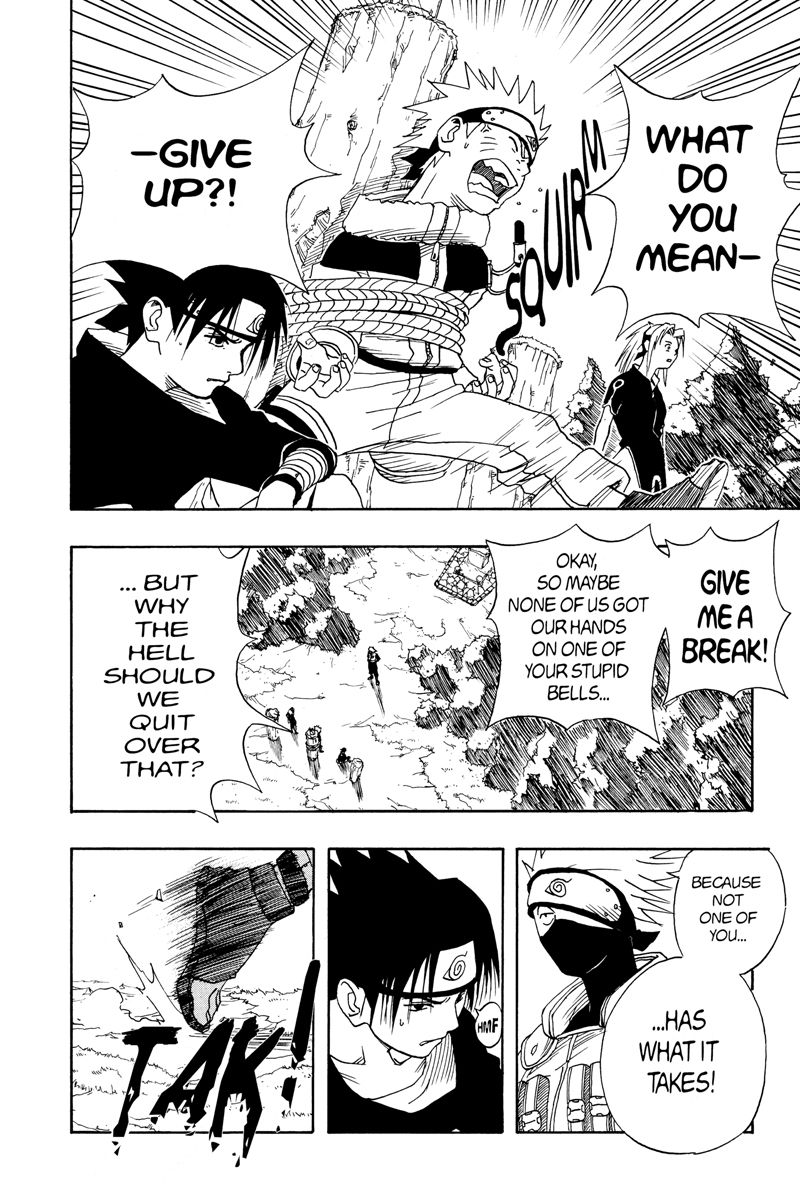The Manga Culture Of Japan
Jun 17, 2019 • 115 views
It is believed that manga first originated in the 12th and 13th centuries in Japan. ‘Choju-Giga’, a series of drawing of animals like rabbits and frogs is widely-believed to be the first manga. But in ‘The History of Manga’, the author argues that the first manga was produced and published during the Edo period in the 18th century. Here manga is defined as a popular piece of work for the masses and the first manga was a series of drawings accompanied by a story. These kept growing in popularity with manga being published in the Japanese newspapers as comic strips but saw a meteoric rise in the 1960s when weekly and monthly comic magazines emerged. Every edition was carried a collection od 10-20 episodes, or installments.

Manga is the preferred choice of entertainment, in print, for the Japanese audience. With the huge indigenous popularity, manga soon started growing popular in other neighboring countries as well. ‘One Piece’ is a hugely popular series of manga which also has an adapted anime series. Both the manga and anime versions of the franchise have been running from a long time with the anime having 500+ episodes and still running. Volume 52 of “One Piece”, a highly acclaimed volume in the series, sold 2.5 million copies in Japan itself. ‘Naruto’, a story of a ninja, is also a high-selling manga with several volumes selling more than a million copies domestically. These figures are significantly higher than comic book sales in most countries. In the US, a book of comic strips that sold 150,000 copies is considered amazing by American standards.

Mangas are enjoyed by the young and adults alike. In other countries, comic books are targeted towards the younger audience and most adults do not enjoy comics primarily because the content is aimed at children. In japan however, manga publishers specifically target adults with themes like business, politics, history and gambling. ‘Dragon Ball’, a very popular martial arts manga series, ran for 10 years and when the fanbase grew in age, the publishers had to add more serious and mature content to ensure its continued sales. In 1995, Dragon Ball magazine sold 6 million copies in Japan.

With the global decline of the print medium, even manga saw a drop in its circulation and readership. By 2008, the revenue of the manga industry fell by 23.5%. The publishers were focusing too much on the readership of adults in the 1980s and 1990s and failed to look at the rest of the demographics. With the end of ‘Dragon Ball’ and the lack of newer content for the younger generations, the manga industry has started its decent. The rise of the digital medium, has also affected the industry as most people are now reading manga on their phones and other devices. Other forms of entertainment like video games and mobile phones have affected the culture of manga in Japan.
The publishers are bringing out new content targeted at junior high children with the ambition of reviving the dying culture, but how it will turn out is still not clear.
